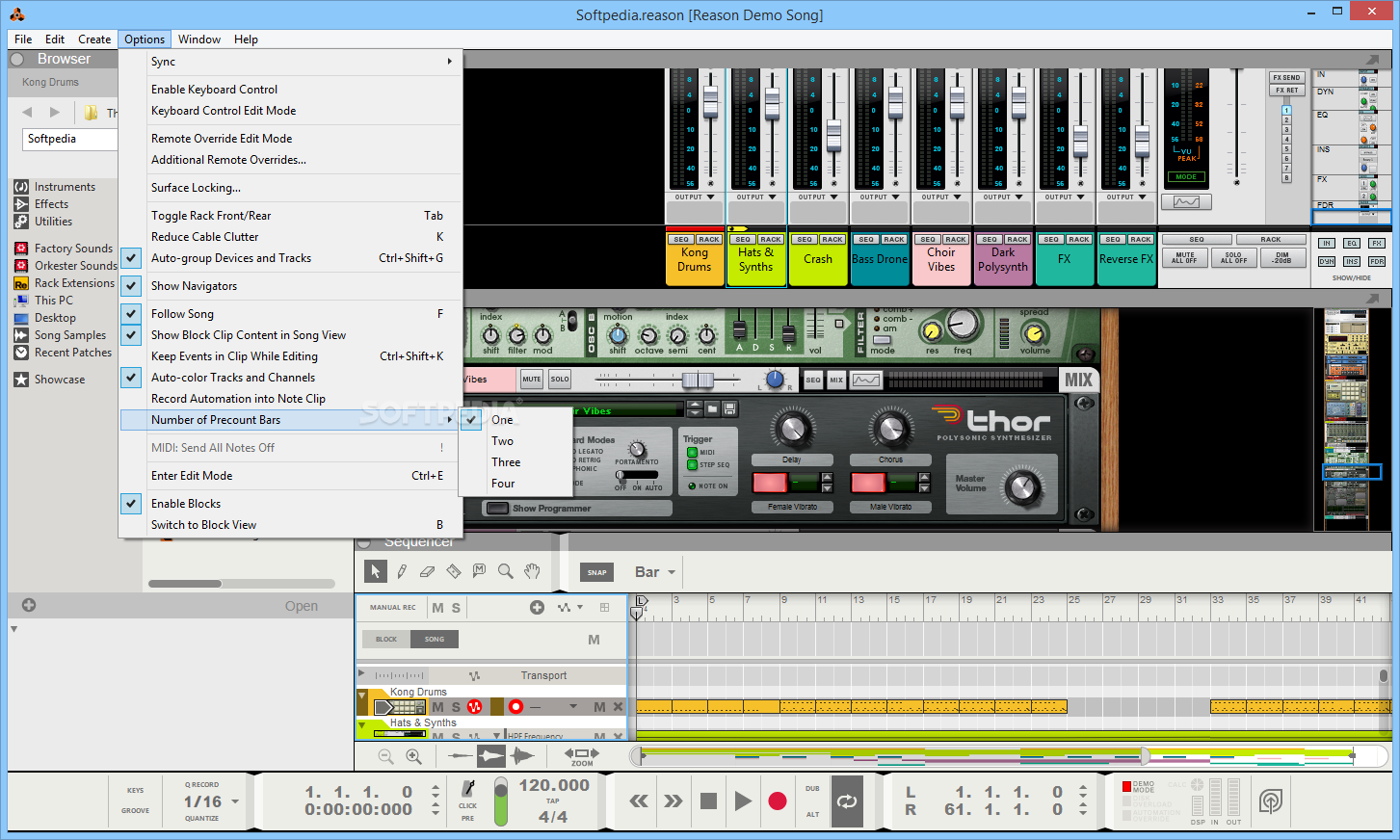
#Cubase 8 midi monitor export data windows#
It's for Windows 95/98, though we ran it just fine on Windows XP using a virtual machine.
#Cubase 8 midi monitor export data Patch#
If such a file isn't already available, you might want to dig up a copy of Steinberg's ancient (and free) ScriptMaker program, which will allow you to roll your own Patch Scripts. Thanks to the one-two punch of MIDI Devices and Patch Scripts, you can import SPF files of the factory patch lists of your favourite synth. This many patches can be quite difficult to manage, but Cubase has been making it a snap for eons. If you still use any hardware synths or effects, they probably come loaded with hundreds if not thousands of preset patches, often divided into banks. Yet right-clicking will bring up more options, including the option to copy or paste a colour, reset a colour or display HSV and RGB values numerically.


You probably already know that you can click on the assigned colour example for a given graphic bit and select a new colour. This one is all about colour, as in your colour settings in the Appearance section of Cubase's Preferences. There are so many ways to customise Cubase that we almost hesitate to offer up even more. You probably already know to right-click if you want to bring up the Tools menu, but did you know that right-clicking and holding (or Ctrl- clicking and holding on a Mac) for a few seconds will allow you to drag to reshape the Toolbox? Most windows can be reshaped or scaled up or down in size - even some that may not appear to be possessed of such flexibility.

This is terrifically useful when sharing projects with collaborators, particularly users of other DAWs. One often overlooked feature is its ability to export the text contents of the built-in Notepad available on each Cubase channel. Audio, MIDI, OMF and even tempo track information can be spat out of the program. Note takenĬubase provides plenty of export options. Here's a super-fast way to adjust the octave of your MIDI events in the Project view: simply select the MIDI notes you'd like to adjust and then hold the Shift key along with the up or down arrow keys to raise or lower the octave of the selected events.


 0 kommentar(er)
0 kommentar(er)
